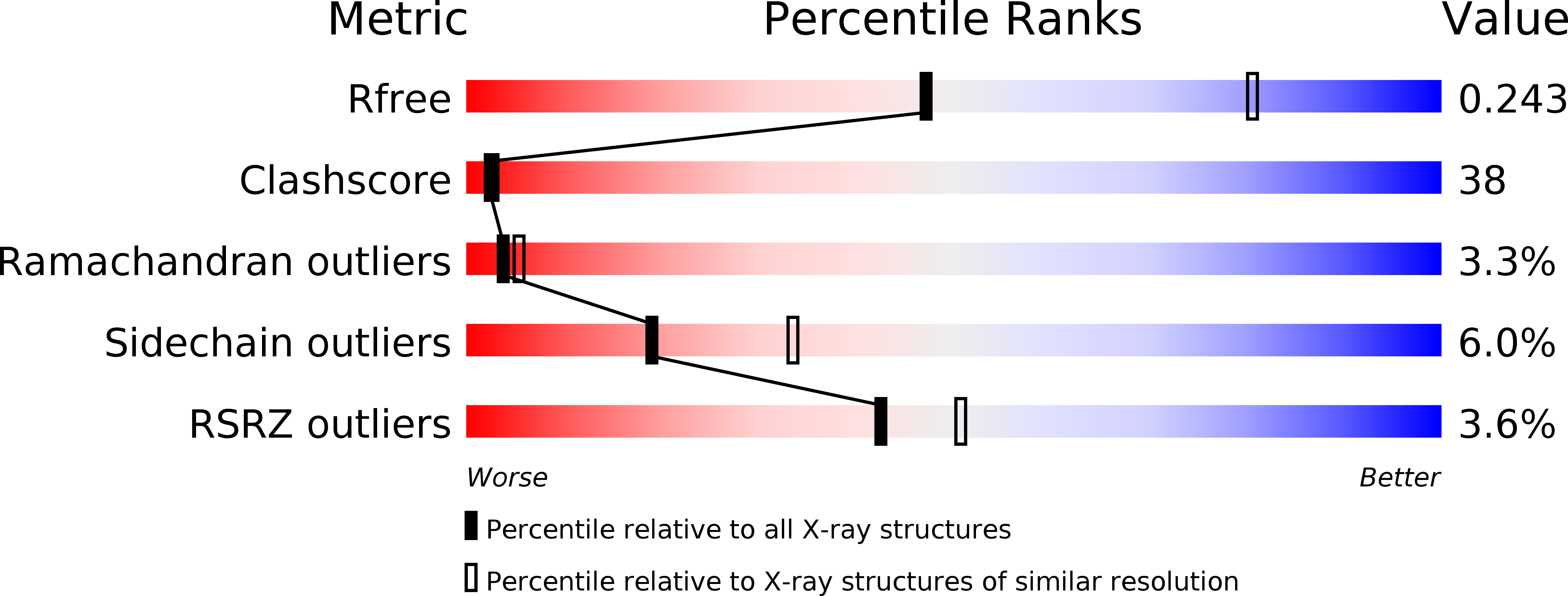
Deposition Date
2002-11-08
Release Date
2003-02-20
Last Version Date
2023-12-13
Entry Detail
PDB ID:
1O7L
Keywords:
Title:
Molybdate-activated form of ModE from Escherichia coli
Biological Source:
Source Organism:
ESCHERICHIA COLI (Taxon ID: 562)
Host Organism:
Method Details:
Experimental Method:
Resolution:
2.75 Å
R-Value Free:
0.25
R-Value Work:
0.20
R-Value Observed:
0.20
Space Group:
P 43


